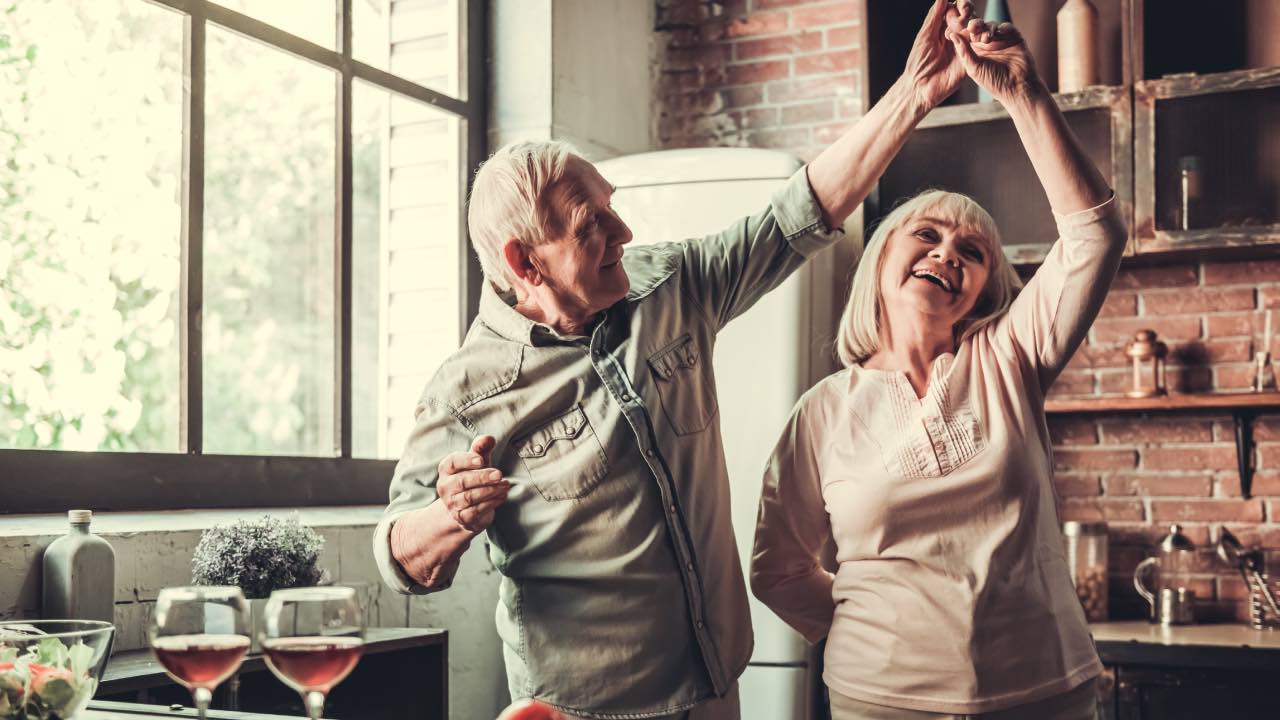Study finds dancing to music can slow progression of Parkinson’s disease

After being diagnosed with Parkinson’s disease at age 49, J.M. Tolani’s life was thrown upside down.
He had to quit his job as a photojournalist and learn to cope with a new physical and emotional struggle.
“I felt as though I had been hit by a truck. Everything felt like it came to a standstill. My life was altogether changed,” he said to WebMD.
He was then introduced to a unique program called Dance for PD, which was recommended to him by a member of a support group he attended.
Dance for PD is a specialised dance program for people with Parkinson’s disease, their families, friends, and care partners.
The company was founded in 2001, with program director David Leventhal saying the program is designed to inspire.
“[I] wanted to commit energy and time to working with people with Parkinson’s and sharing what we had learned with teaching artists around the world,” he says.
After attending classes, Tolani felt his condition, and his emotional state, improve drastically.
“I found I could move, and the dancing seemed to provide a replacement for the dopamine lost in the brain. Dancing motivates me and makes me happy, flexible, and mobile,” Tolani says.
Tolani’s claims have been backed up by scientific research that shows individuals diagnosed with mild to moderate Parkinson’s had the progression of the disease slowed down by participating in regular dancing.
Senior investigator Joseph DeSouza PhD said, “The classes were very beneficial for these individuals with PD, and we know that dance activates brain areas, even in people without PD.”
Following an in-depth study, research showed that those with a mild condition who danced for an hour per week had a slower loss of their motor neuron function to those who didn’t.
Tolani was able to return to his passion for photography, as he continues to move to the beat.
“I take three to four classes a week, and they allow me to get out and meet people and interact with them. They put me in a good, positive state of mind,” he says.
“I wake up and look forward to enjoying myself, and dancing with others in the Parkinson’s community, where I feel I’m allowed to completely be myself.”
Image credit: Shutterstock
